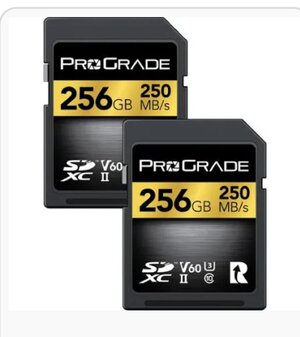Maxim 2401
Newcomer
- Followers
- 0
- Following
- 0
- Joined
- Sep 27, 2024
- Posts
- 23
- Likes Received
- 6
- Trophy Points
- 3
- Name
- Maxim
Hey guys!
Hope you all doing well.
I wanted to ask seceral questions about nu recently bought A7iv, first time with a sony cam and it is a totally new world for me.
Hope you can help out a fellow alpha shooter

If you have reached so far, thank you for reading


P.s. - this is card I got. I hope it is good and fits:
Hope you all doing well.
I wanted to ask seceral questions about nu recently bought A7iv, first time with a sony cam and it is a totally new world for me.
Hope you can help out a fellow alpha shooter
- when I put on my lens (Sigma 1.4 E mount), the locking part was tough, I had to apply some power (on my canon 80D, it was butter) - is it normal?
- When I put an SD card in the 1st(upper) slot, again, there was a slight resistance (the 2nd slot is more smooth) - is it normal?
- My camera version is 3.0. Should I update to 3.2? I tried and it got stuck for more than 30 minutes... had to remove the battery to abort the update. How can I do it with the creator app (or any other way) with minimum damage?
- Is RAW the best format for high res pictures and how do O transport them to my computer/Ipad via app/wifi without losing quality?
If you have reached so far, thank you for reading
P.s. - this is card I got. I hope it is good and fits:
Attachments
Last edited:

